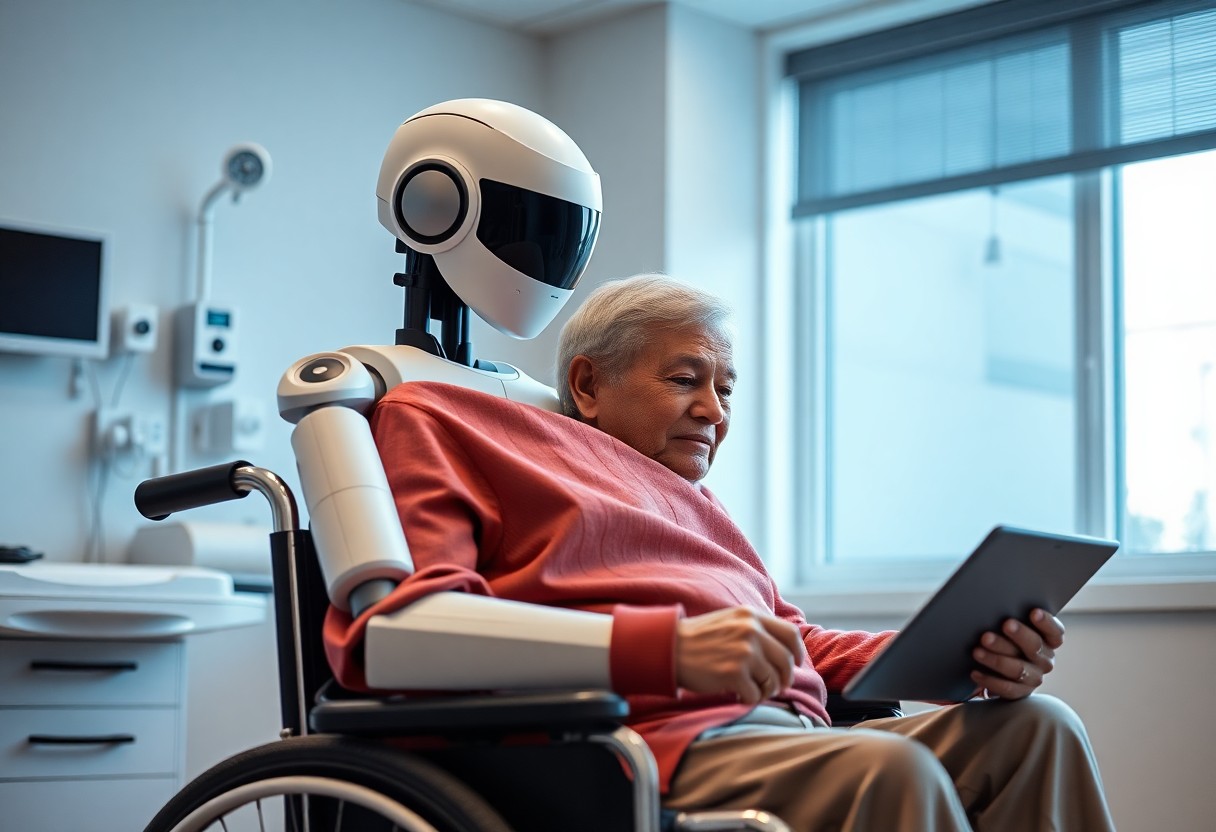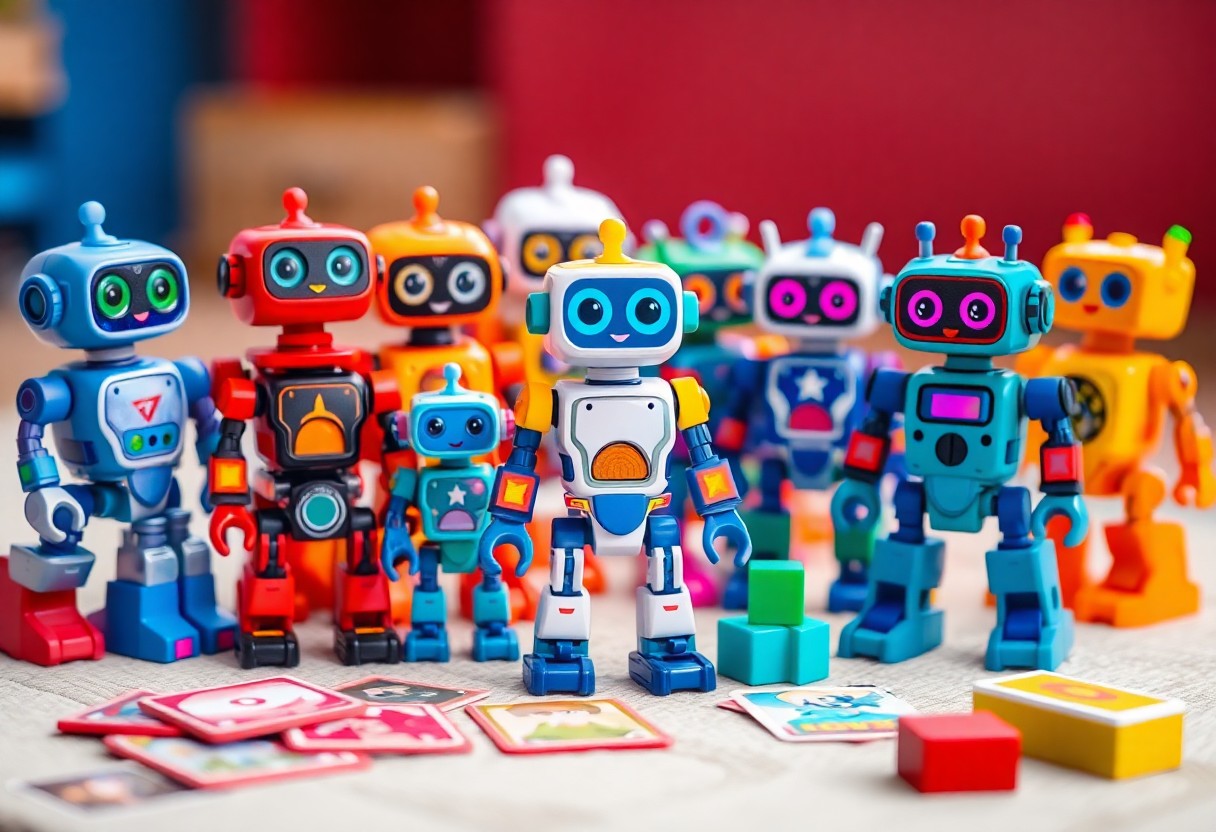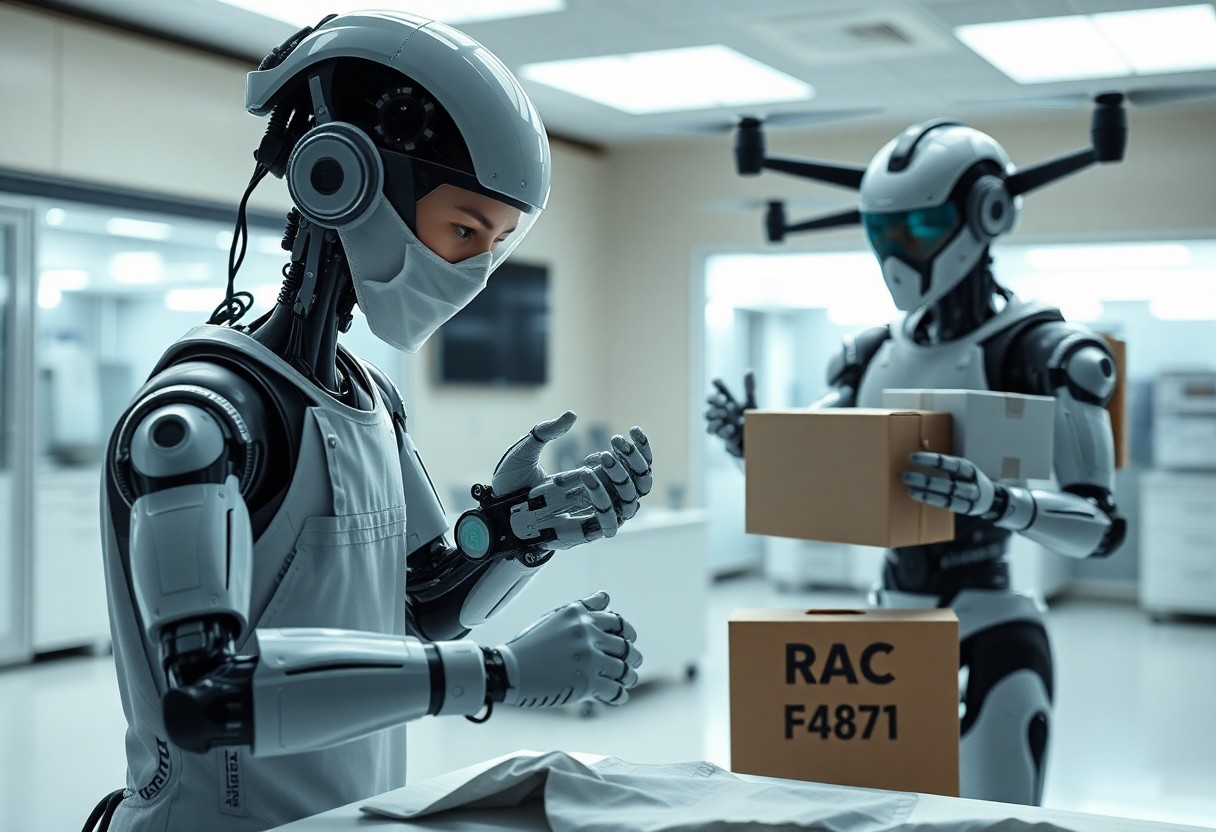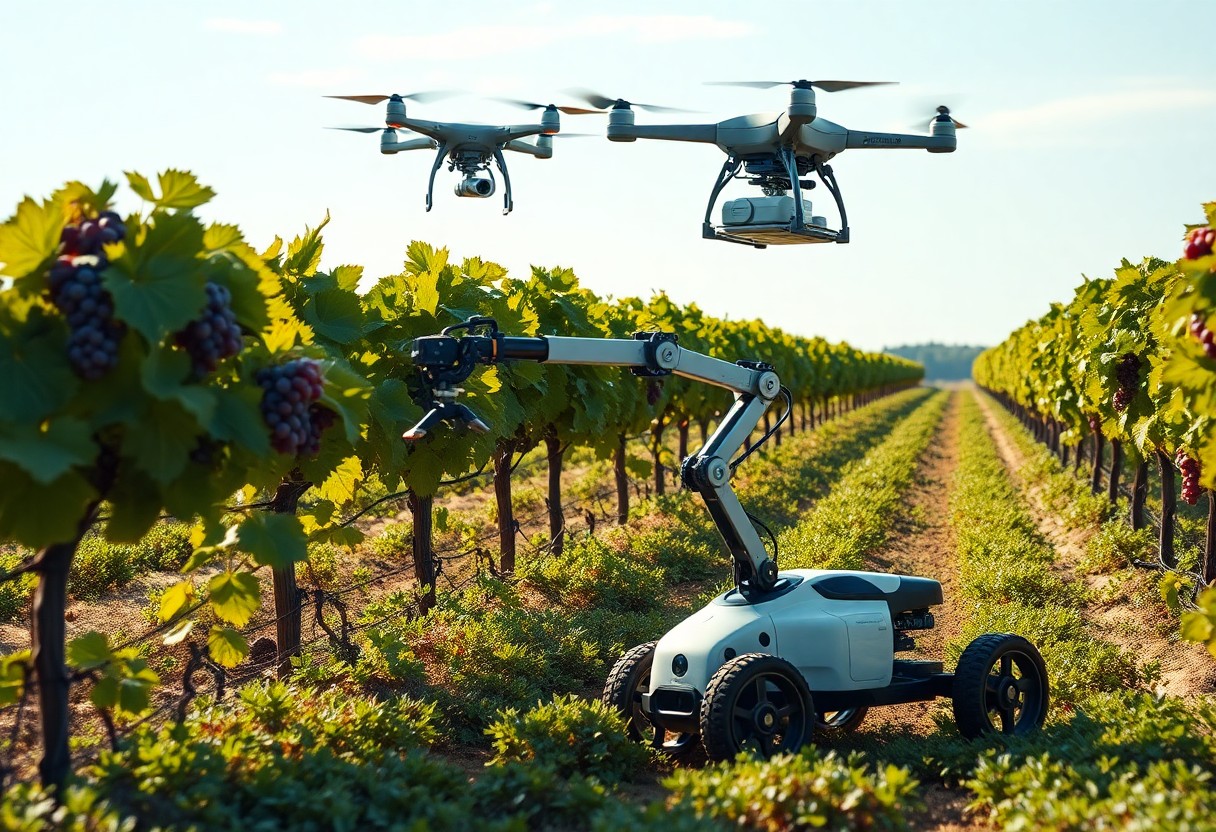The Genesis of Care Robots
Early Innovations
Care robots began to gain traction in the late 20th century, emerging from early research in robotics and artificial intelligence. In Japan, for instance, the development of the ASIMO robot by Honda in 2000 showcased advanced mobility but was just the beginning. By 2014, Japan further embraced these technologies due to its aging population, with the introduction of robots like PARO—a therapeutic seal robot designed to provide emotional support to elderly patients. At the time, it became clear that robots could play a pivotal role in addressing emotional and physical needs, fostering a new relationship between humans and machines.
Technological Advancements
Advancements in artificial intelligence during the 2010s propelled care robots into mainstream health care. Robots like ElliQ offer companionship and reminders for daily activities, recognizing your needs through machine learning algorithms. These systems are designed to adapt to your preferences, creating a personalized experience. A notable example is the Robear, a robot designed to lift patients gently, enhancing the quality of care provided by medical staff. Such innovations highlight how you can bridge the gap in care settings, allowing robots to assist where additional support is often necessary.
Current Landscape
Now, numerous care robots exist globally, aimed at easing the burden in hospitals, nursing homes, and individual homes. The market is projected to reach over $15 billion by 2028, driven by an increasing demand for elderly care solutions. Countries like South Korea and the United States are integrating robots into everyday care, increasing efficiency and coverage in underserved areas. These robots not only help with physical tasks but also engage in meaningful interactions, raising important questions about the role of human compassion in caregiving.
Blurring the Lines: Compassionate Algorithms vs. Human Touch
The integration of care robots in various settings has blurred the lines between artificial intelligence and genuine human interaction. You might find yourself questioning whether robots programmed with compassionate algorithms can replicate the warmth and understanding that only human beings possess. With advancements in technology, these machines are designed to recognize emotional cues, but their ability to truly resonate with human experiences remains a topic of vibrant debate.
Emotional AI: Can Machines Truly Understand Feelings?
Emotional AI aims to enable machines to read and respond to human emotions through facial recognition and sentiment analysis. However, as you explore their capabilities, you’ll encounter significant limitations in how these systems interpret nuanced feelings. While they can analyze data patterns linked to emotional expressions, the depth of true empathy and contextual understanding often eludes them, leaving their emotional intelligence more artificial than authentic.
The Ethics of Empathy: A Philosophical Perspective
In reflecting on the ethics of empathy through the lens of care robots, you face complex questions about the appropriateness of machines simulating emotional connection. The philosophical debate centers on whether empathy can be genuinely present in non-human entities and what implications this has for human relationships. As robots increasingly become part of caregiving, you may wonder if relying on them could diminish authentic human interaction.
Philosophers like Martin Buber have argued that true empathy involves seeing the other as a unique individual, something that robots cannot accomplish. The ethical implications of employing emotionally intelligent robots in caregiving roles highlight concerns about the potential erosion of genuine human bonds. You might think about scenarios where a care robot offers merely calculated comfort rather than heartfelt support, raising the question: Does using a machine to provide care compromise the very essence of human compassion? The decision to incorporate advanced empathy algorithms into caregiving practices must consider the value of human touch and the fragile nature of emotional connection.
The Care Robot Revolution: Transformations in Healthcare
The integration of care robots into healthcare systems is one of the most significant transformations today, enhancing both operational efficiency and patient experience. As technologies like artificial intelligence and machine learning advance, robots are increasingly capable of performing tasks such as medication distribution, rehabilitation assistance, and even companionship for elderly patients. The current market is projected to reach $9.4 billion by 2025, indicating a strong shift towards automation in healthcare settings that prioritizes efficiency and scalability.
Innovations in Patient Care and Assistance
Robots are revolutionizing patient care by streamlining routine tasks and providing tailored assistance. Examples include robotic arms aiding in surgeries with precision, telepresence robots enabling remote consultations, and social robots promoting mental well-being through interactive companionship. These innovations not only enhance safety and effectiveness in interventions but also free up healthcare professionals to focus on more complex patient needs.
Efficiency vs. Empathy: Striking the Right Balance
Balancing efficiency and empathy poses a challenge as care robots take on more responsibilities. While robots excel in repetitive tasks, their limitations in emotional engagement can impact patient satisfaction. Finding the right synergy between these technologies and human workers is imperative to create a holistic care environment that respects the emotional and psychological needs of patients, while also leveraging the benefits that automation provides.
The balance between efficiency and empathy is delicate yet imperative in modern healthcare. Studies show that while robotic assistants can reduce wait times and minimize errors in medication delivery, patient satisfaction and emotional connection often wane in their absence. For example, a nurse-led focus group revealed that many patients prefer having human interaction during their care routines to maintain a sense of comfort and reassurance. Thus, your healthcare systems will thrive when they combine the efficiency of robotic technology with the irreplaceable human touch, encouraging a collaborative approach to patient care that addresses both physical and emotional health needs.

The Workforce Dilemma: Care Robots in the Caregiving Profession
As care robots become integrated into caregiving roles, the workforce faces significant upheaval. Many worry that these technological advancements will lead to substantial job loss, particularly in nursing homes and hospitals where human caregivers perform routine tasks. However, embracing these innovations also presents an opportunity for the workforce to adapt and specialize in more complex caregiving aspects, enhancing the quality of care provided while allowing human workers to focus on emotional and relational elements often lacking in robotic interactions.
Job Displacement vs. Professional Augmentation
The concern over job displacement confronts the reality of professional augmentation, as care robots seamlessly handle repetitive tasks. You may find that these machines can efficiently monitor vital signs or assist with mobility, allowing you, as a caregiver, to dedicate more time to meaningful patient interactions. Studies have shown that when integrated properly, robots can increase overall job satisfaction for caregivers by eliminating mundane duties, thus enabling you to focus on higher-level tasks that require empathy and personal touch.
Changing Roles: Human Caregivers and Their New Allies
Your role as a caregiver is evolving as you begin to work alongside care robots, transforming the dynamics of patient interaction. These robots serve as allies, assisting with logistical tasks while you maintain the emotional connections critical to effective care. The introduction of these technologies changes not only workflows but also the skill sets you need to develop. Caregivers who embrace collaboration with robots will likely find themselves performing more specialized functions, such as therapy and emotional support, where human touch and understanding are irreplaceable.
In this shift towards a collaborative caregiving approach, you’ll likely discover new dimensions to your responsibilities. Rather than viewing care robots as threats, you can position yourself to lead and innovate within a modern caregiving landscape. Engaging in continuous learning and training will be vital as the boundaries between human expertise and robotic capabilities blur. As these new allies take on the logistic heavy lifting, you can focus on enhancing patient relationships, ultimately enriching the caregiving experience both for yourself and those you serve.
Future of Emotional Connection: Can Tech Replicate What Matters?
The advance of care robots in emotional support raises a significant question about the future of human interaction. While these robots may offer programmed empathetic responses, the question remains—can they truly replicate the complex emotional connections that humans form with one another? Science indicates that genuine emotional bonding involves intricate neurochemical processes that are beyond mere data input and output. As technology develops, you might find comfort in robotic companionship, but the depth of human understanding and compassion remains irreplaceable.
Societal Implications of Relying on Robotic Companionship
Relying on robots for companionship may shift the fabric of social interaction, leading to potential isolation. As people increasingly turn to tech for emotional needs, your community ties could weaken, and face-to-face connections might diminish. This trend poses broader societal risks, including a lack of empathy and understanding among individuals. With convenience edging out genuine interaction, it’s necessary to evaluate the lasting impact this could have on societal norms and personal relationships.
The Quest for Authentic Connection in a Digital Age
Seeking true connection in a world dominated by screens and algorithms can feel daunting. Despite the convenience of digital interactions, you may find that they often lack the emotional depth you crave. Studies show that face-to-face conversations activate regions of your brain linked to emotional processing that virtual chats cannot replicate. In an age of connection at your fingertips, there’s a growing desire for authenticity that only human interactions can provide. Personal stories, shared laughter, and even silence shared in person create bonds that technology struggles to emulate.
Summing up
As a reminder, the rise of care robots prompts you to consider their role as either assistants or replacements for human compassion. While these machines can provide practical support and enhance your daily living, they inevitably lack the emotional depth that comes from human interaction. It is necessary for you to weigh the benefits of technological advancement against the irreplaceable value of human connection, as you navigate the landscape of caregiving in an ever-evolving world.







